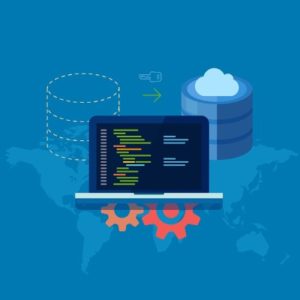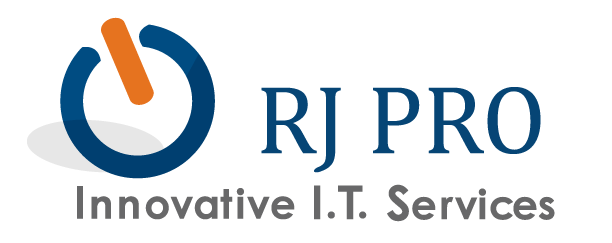Keeping All of Your Company’s Technology Up-to-Date is a Chore… that You Can Outsource!
Updating your company’s software is a big responsibility that shouldn’t be overlooked. When it comes down to it, applying security patches and updates are some of the best preventative measures you can take to ensure the safety of your company’s data. Do you have a plan in place to handle all of your technology updates, or  are you going about it haphazardly?
are you going about it haphazardly?
Staying on top of updates must happen routinely
This is one of the major shortcomings of break-fix IT companies. If the only time they come and work on your IT equipment is for a repair visit, it’s unlikely that they will make a special trip to your office to install needed software updates as soon as they’re released. And why would they, when their entire business model revolves around your equipment breaking down?
Instead, you need someone assigned to the task of staying on top of the latest software updates, which includes both knowing when the updates and patches are scheduled to be released, as well as applying them in a timely manner that won’t disrupt office productivity (applying updates after-hours is preferable).
Does your IT staff even have time for routine maintenance?
For many organizations, keeping software up-to-date is the job of the in-house IT staff, and given the negative ramifications of mishandling these updates, it’s not a task to give to an employee lacking technical training. Alternatively, if it’s not in your budget to onboard new IT staff, then you can outsource this responsibility to a managed IT service provider. The managed service advantage is that you’re getting trained technicians to remotely apply your network’s needed updates, and at an ideal time that fits your company’s schedule.
As a bonus, for businesses that do have an IT department (but find their IT staff is overstretched from having to do routine tasks like applying updates), TS Tech offers a co-managed IT service where our techs work with your techs to take care of the small stuff, so your team can be freed up to work on important IT initiatives.
Thinking beyond updating your security patches, you need to stay on top of all available updates for your company’s technology. Here are just a few technologies that technicians look at when determining what needs to be upgraded.
Operating systems: We all have our favorite operating systems, but clinging to an OS after the manufacturer stops supporting it (simply because it’s preferred) is a dangerous move that opens up your network to all kinds of trouble. In order to have your OS offer adequate protection for your business, it must be supported with patches and security updates.
Legacy applications: Upgrading software can be tricky because an update that’s untested has the potential to clash with a legacy application and cause some serious downtime. For example, you shouldn’t overlook how application upgrades running locally on PC hardware can also influence whether or not end-user hardware requires an upgrade. Therefore, be sure to look into the upgrade requirements (such as processing power, memory, graphics, etc.) before clicking the install button. This is one reason why many businesses prefer hosting their legacy applications in the cloud; to protect workflows from the unintended consequences of a bad upgrade.
Hardware quality: Computer hardware requires some update love too. Eventually, computers break down. By not staying on top of your hardware, you’re opening yourself up to faulty equipment hindering productivity, or even dreaded downtime. If you’re currently facing a need to upgrade your hardware, then now is a great time to consider making the move to the cloud. By hosting your applications in the cloud, you’re able to access the data you need with inexpensive hardware like thin clients, while still enjoying the benefits of a fully loaded (and expensive) workstation. Also, don’t forget about your computer’s peripherals, like upgrading to USB 3.1.
For the average SMB, staying on top of all of these technology upgrades can be a major pain point, and one that can sneak up on you when everything seems to be working fine.






